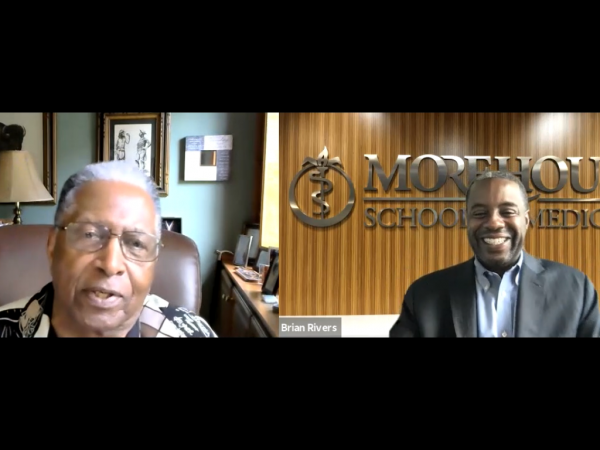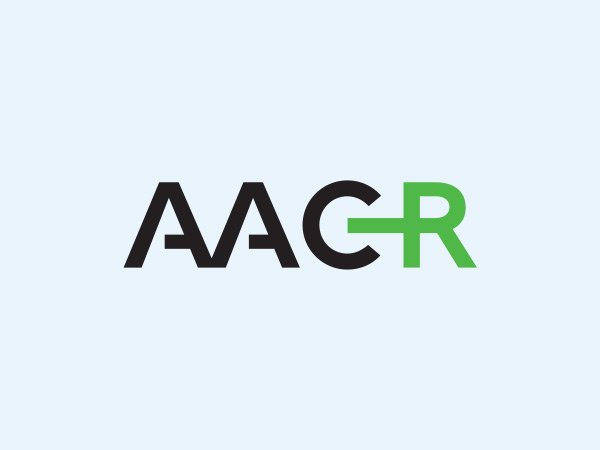Act Now to Prevent Skin Cancer Later
Benjamin Franklin once said, “An ounce of prevention is worth a pound of cure.” While Franklin was referring to fire safety when he used the phrase, it is particularly apt when talking about skin cancer because, as I highlighted in a previous post on this blog, most cases of the disease are caused by exposure to ultraviolet (UV) radiation from the sun, sunlamps, sunbeds, and tanning booths – and are, therefore, preventable.
 Despite this knowledge, skin cancer is the most commonly diagnosed type of cancer in the United States, with nearly 5 million U.S. men and women treated for skin cancer each year, at an estimated cost of $8.1 billion annually. Moreover, incidence of the most deadly form of skin cancer, melanoma, has been rising for more than three decades, and a recent report from the Centers for Disease Control and Prevention (CDC) projected that the number of new melanoma cases diagnosed each year in the U.S. will rise from 65,647 in 2011 to 112,000 in 2030 if current trends continue, with treatment costs of $457 million in 2011 rising to $1.6 billion in 2030.
Despite this knowledge, skin cancer is the most commonly diagnosed type of cancer in the United States, with nearly 5 million U.S. men and women treated for skin cancer each year, at an estimated cost of $8.1 billion annually. Moreover, incidence of the most deadly form of skin cancer, melanoma, has been rising for more than three decades, and a recent report from the Centers for Disease Control and Prevention (CDC) projected that the number of new melanoma cases diagnosed each year in the U.S. will rise from 65,647 in 2011 to 112,000 in 2030 if current trends continue, with treatment costs of $457 million in 2011 rising to $1.6 billion in 2030.
The authors of the CDC report also calculated that nationwide implementation of a comprehensive skin cancer prevention program, like the highly successful SunSmart program in Victoria, Australia, could prevent about 230,000 melanoma cases between 2020 and 2030, and that this would result in savings of $2.7 billion in initial year treatment costs.
Thus, even though incredible progress has been made recently in the treatment of metastatic melanoma—in the past year alone, the U.S. Food and Drug Administration approved two new groundbreaking treatments for the disease, the immunotherapeutics pembrolizumab (Keytruda) and nivolumab (Opdivo), that improve the chance of long-term survival for patients with this deadly disease—the best way to reduce the substantial health and economic burden of melanoma is through prevention.
Last year, the Office of the Surgeon General issued a Call to Action To Prevent Skin Cancer, which sought to educate the public about the dangers of overexposure to UV radiation from the sun and indoor tanning devices and outlined strategies to prevent skin cancer by reducing exposure to UV radiation. However, with a recent article from the CDC reporting that fewer than 15 percent of U.S. men and 30 percent of U.S. women use sunscreen regularly on their face and other exposed skin when outside for more than one hour, it is clear that we must do more.



